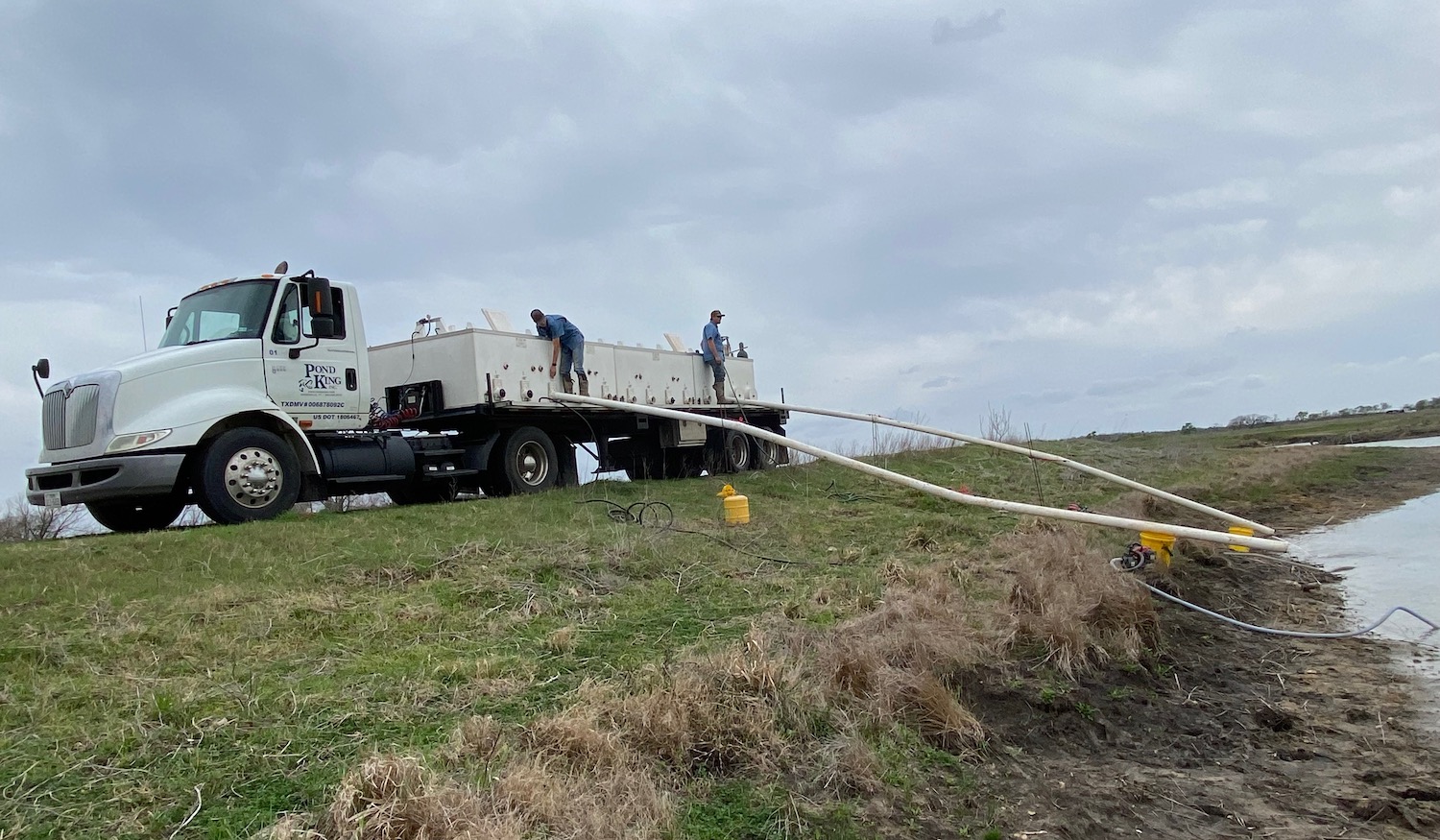Private lake and pond owners are often conflicted with how they should improve the quality of their fishery. Often, these private owners are challenged with deciding the old cliche of quality over quantity.
Depending on your goals, there are a few approaches that can be used to better manage small fisheries to help them sustain their fish population. Supplemental stocking is the most common choice for keeping up the forage base in small lakes.
When it comes to supplemental stockings for largemouth bass production, there are basically two approaches:
- Supply forage to GROW trophy-class Bass
Or - Supply forage to Produce quality Bass
Which species are best for supplemental stocking?
It's no surprise that our Pond King customers often ask which is the best species for private lake stocking, and why those species are most suitable for improving the size of their bass.
After all, building a trophy bass fishery takes more than just putting a few fish in a pond and leaving them alone!
Utilizing proper pond management practices like supplemental feeding programs, are an excellent way to supply your Bass with different forage options.
Which Forage Species Does Pond King Recommend?
Typically, Bluegill and Minnows are the primary forage sources for your Bass.
However, adding a variety of forage species will help alleviate predation on these species, preventing your Bass from diminishing those resources they depend on throughout the year.
Stocking Strategy for Trophy-class Bass Production: Feeding for Growth!
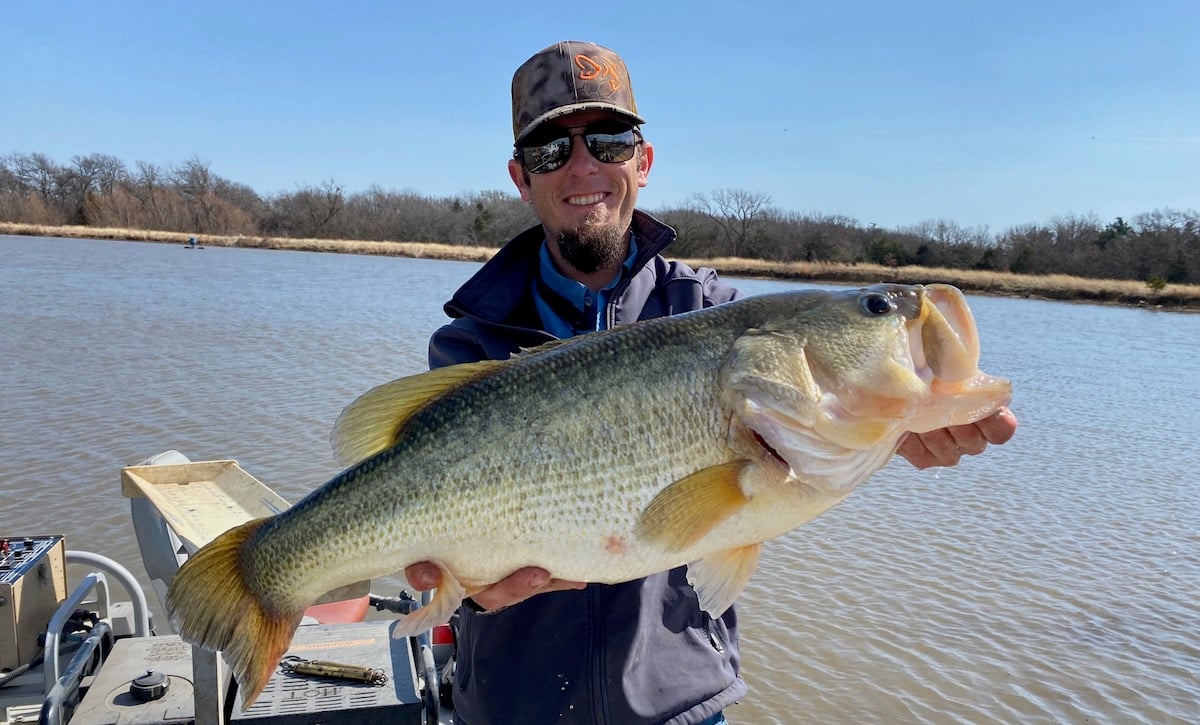
If your goal is trophy-class Bass, in addition to Bluegill and Golden Shiners, you'll want to stock larger forage that provides more gain per meal. Two great options for trophy-class Bass production are Mozambique Tilapia and Rainbow Trout.
Just remember, these big, fat Bass get lazy - which means they'll be harder to catch.
Mozambique Tilapia
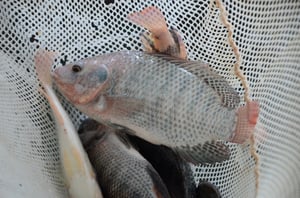
For a limited time during our spring fish season, usually April and May, we have Mozambique Tilapia in stock.
These fish serve a couple of different purposes in your pond.
First, Tilapia consume filamentous algae in your pond, helping keep your pond looking clean.
Second, they are prolific breeders. Tilapia can reproduce every 3-5 weeks throughout the year when the water is 60 degrees or above. Producing so much offspring provides a lot of forage for your Bass throughout the year and takes feeding pressure off your Bluegill.
However, when the water gets around 55 degrees in the fall, the Tilapia become very lethargic and begin to die off. During this time, these fish make an easy meal for those big Bass before they begin to find deeper water for the winter months.
Rainbow Trout
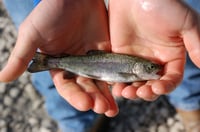
We order and deliver Trout for our customer's ponds during late fall.
Rainbow Trout provide your Bass with a high-fat forage option, allowing them to put on weight throughout the winter months. The size Rainbow Trout we stock for forage are usually around 4-6 inches long. Because Trout are an elongated fish with soft rays, Bass can consume them with ease - unlike the unfortunate fellow pictured to the left who met his demise trying this same feat with a catfish.
Trout help your Bass thrive throughout the winter months because the Bass can get a high-fat meal without chasing after smaller forage such as shiners, minnows, or Bluegill.
Stocking Strategy for Quality Bass Production: Planning for Better Fishing
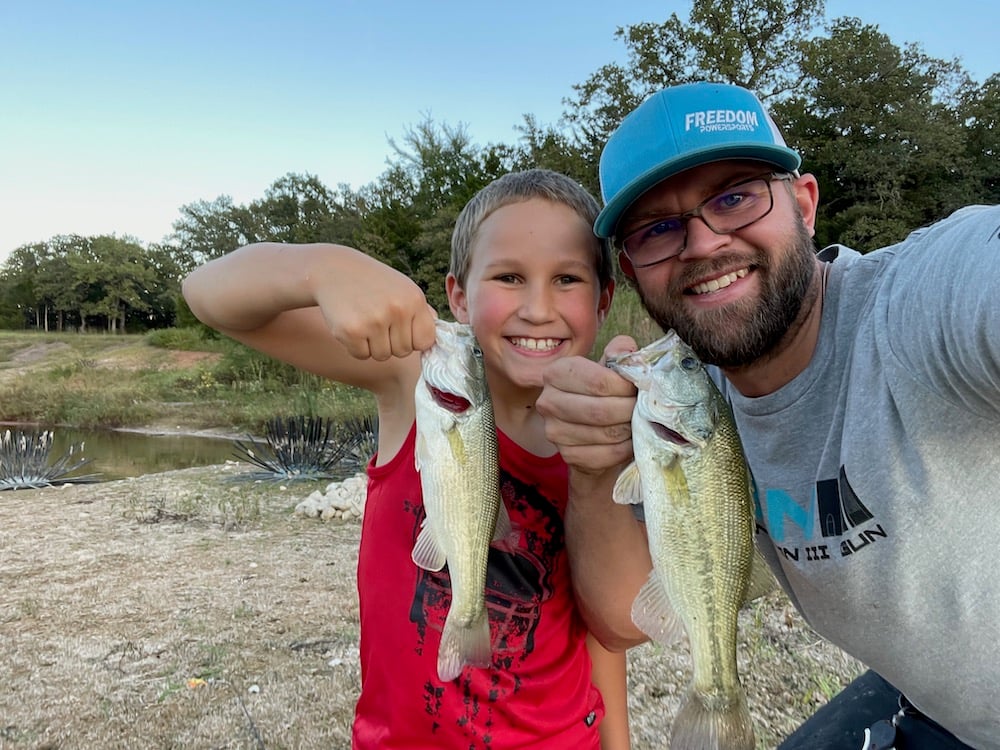
When your goal is producing trophy-class Bass, one thing you need to keep in mind is that fat, lazy Bass who have easy access to their next meal are harder to catch.
However, if your goal is to produce quality Bass, but also have fish that are fun and “easier” to catch, you will want to stock smaller forage species in higher quantities.
The logic behind this strategy is that when you stock a lot of little forage fish, your Bass become more aggressive hunters - ready to strike at anything that looks like the next meal.
If this goal appeals to you, then Threadfin Shad are an excellent option, but you can also simply add more Bluegill and Golden Shiners.
Threadfin Shad
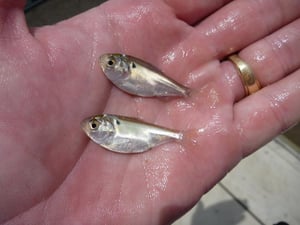
Threadfin Shad are a smaller species of forage with elongated bodies and soft rayed fins that make them easy for Bass to consume - similarly to Rainbow Trout. Threadfin produce a lot of offspring, but one thing to keep in mind is that the fish are not tolerant of water temperatures that are colder than 45 degrees.
If you don't think these species are suited for the environment where you live or just want to produce quality bass, focus on stocking Bluegill or Golden Shiners. These species are well-suited for nearly any climate and easy for your Bass to consume.
Optimize Largemouth Bass Production with the Right Stocking Strategy
As you can see, having different forage options for your Bass can significantly impact your fishery, depending on your fishery goals. And, when you take away the feeding pressure on your Bluegill, you allow them to grow bigger and reproduce more offspring for the Bass in your pond throughout the year.
Check out our interactive Pond and Lake Management Planning Guide for more information. If you still have questions about fish stocking, give us a call or contact us. The fisheries biologies of Pond King are here to help.
We'll see y'all down at the pond!


